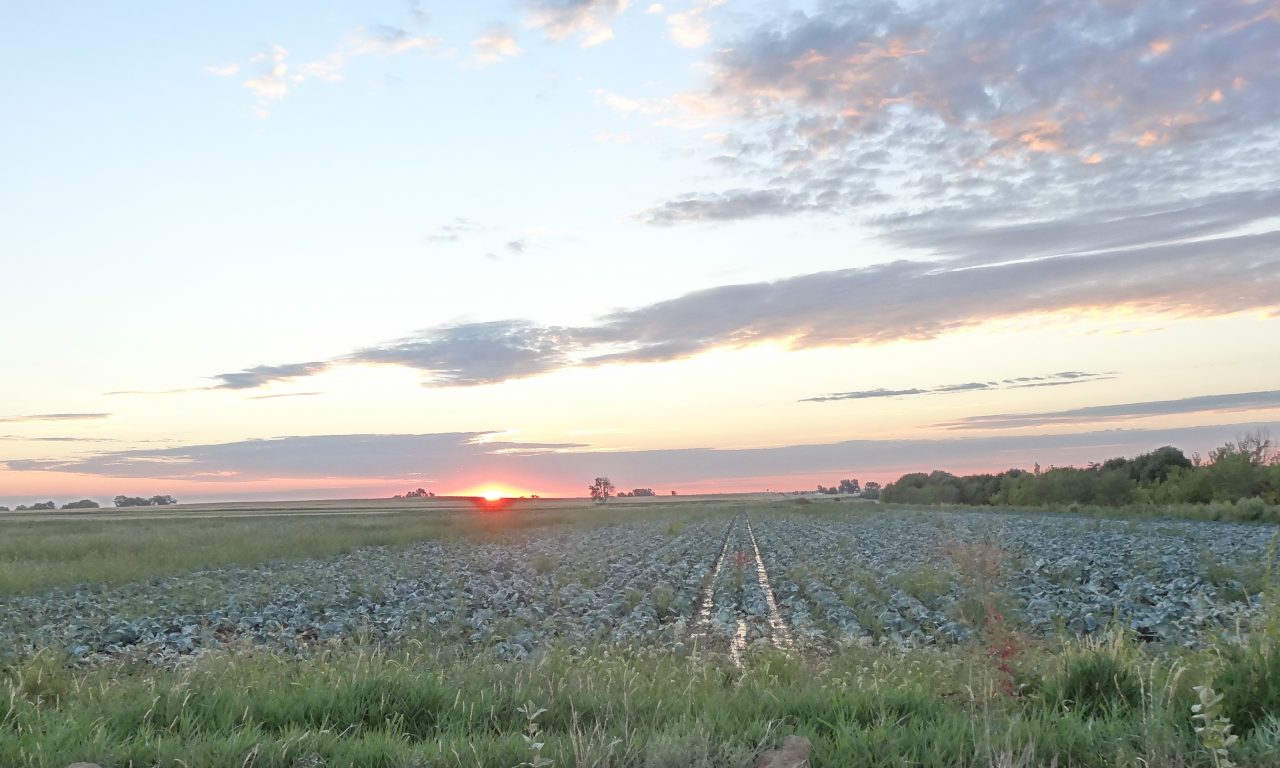As we transition into fall after months of abundant sun and good growing conditions, it’s time to think about food and a plentiful harvest. Boulder County Parks and Open Space (BCPOS) has over 25,000 acres of land dedicated for agriculture purposes, and the many farms and ranches on these lands are preparing for a busy time as we approach the cooler months of the year. It may come as a surprise, but Boulder County has a rich agriculture history dating back over 150 years. These valuable lands not only provide us with local produce and meat, but also preserve our agricultural history and open space mission.
Thousands of Acres—40 years
Early settlement in Boulder County occurred simultaneously with the discovery of gold and the establishment of farms and ranches in the latter part of the 1800s. Successful farming on the plains led to increasing specialization and the introduction of crops well suited for the sunny and dry climate. By the early 1900s, significant changes brought on by severe climate factors and increasing residential growth were occurring. In order to combat these changes, BCPOS was established in 1976 to protect and purchase open space land throughout the county. As a result of these programs, thousands of acres of agricultural land have been preserved through easements and purchases over the past 40 years.
Currently, 65 tenant farmers and ranchers lease BCPOS land, mostly for livestock grazing and crop production. The variety of crops grown on these lands includes wheat, barley, corn, alfalfa, grass hay, sugar beets, pinto beans, fruits, and vegetables. Many crops grown on BCPOS agriculture land enter the food system, supporting the local economy and environment.
Stopping To Think
Traveling to work from Boulder to Longmont this summer gave me time to think about our agriculture lands and the value they hold. Additionally, throughout the month of July, I taught Boulder County Youth Corps teams environmental education lessons on the county’s agriculture resources. I had corps members critically examine where their food comes from. For some, this was a difficult task because we are often so tied up in our daily routine and busy schedules that we don’t stop to think about where the food we consume is grown, produced, or processed and the journey it took to reach our mouths.
The Journey Of A Meal
The average American meal travels 1,500 miles from farm to plate, so there are many benefits of incorporating more locally grown food into our normal diet. Though some residents are unaware of the agriculture presence in the county and consider Parks and Open Space land to be predominantly made up of recreation areas, in reality, open space agriculture lands provide a lot for our community and throughout Colorado.
With BCPOS agriculture tenants utilizing open space land within the county, their crops and meat can stay close to where they’re grown. Many of the ranchers and farmers take advantage of farmers’ markets and small-scale grocers to sell their products, which keeps transportation costs down, supports the local economy, and preserves open space land. By supporting and eating locally grown food, we eat food that is in season, promote a safer food supply, and benefit from eating food that has fuller flavor. Through eating more locally grown food we not only support these farmers and ranchers, but also invest in local businesses and community services.


